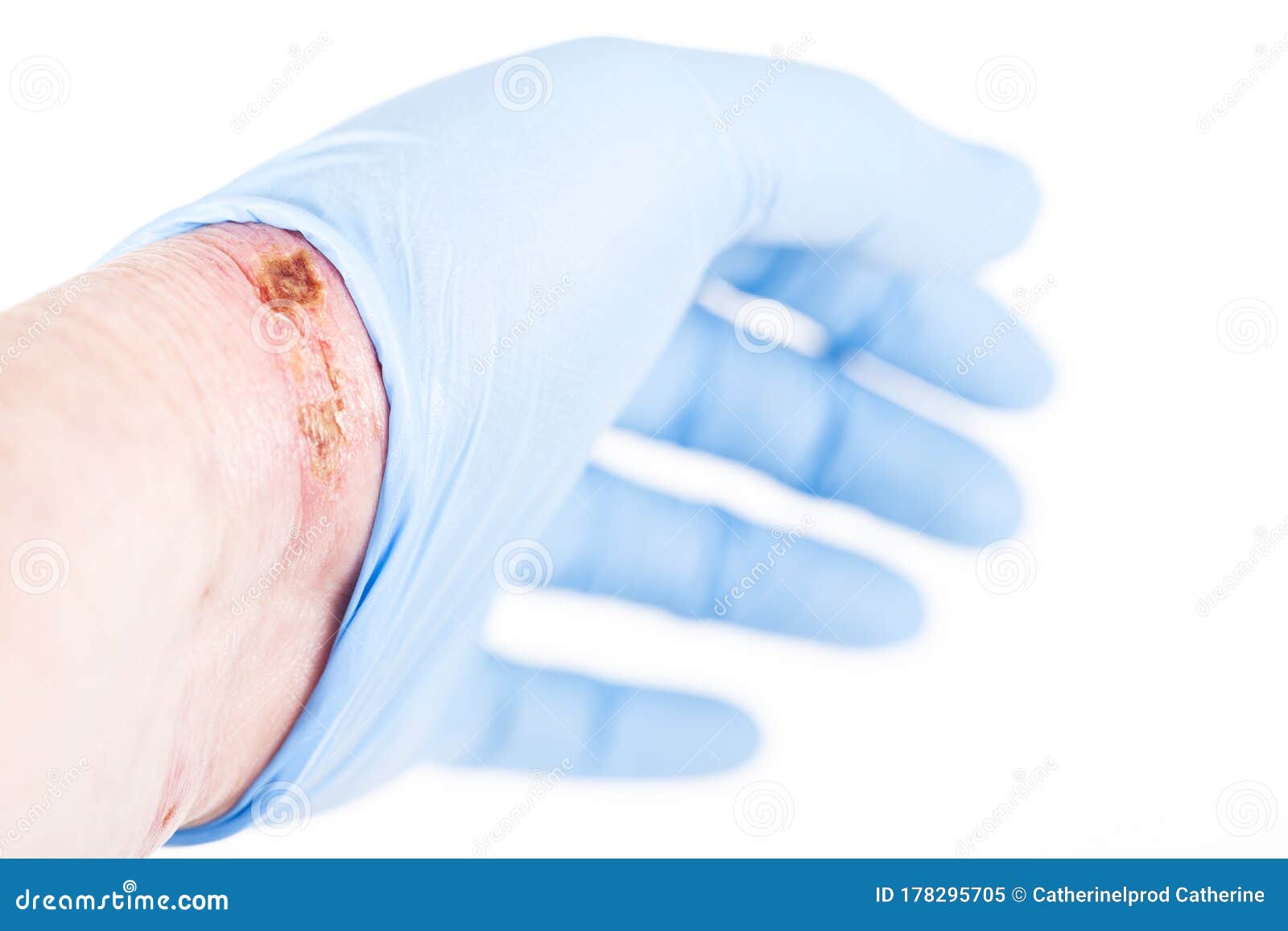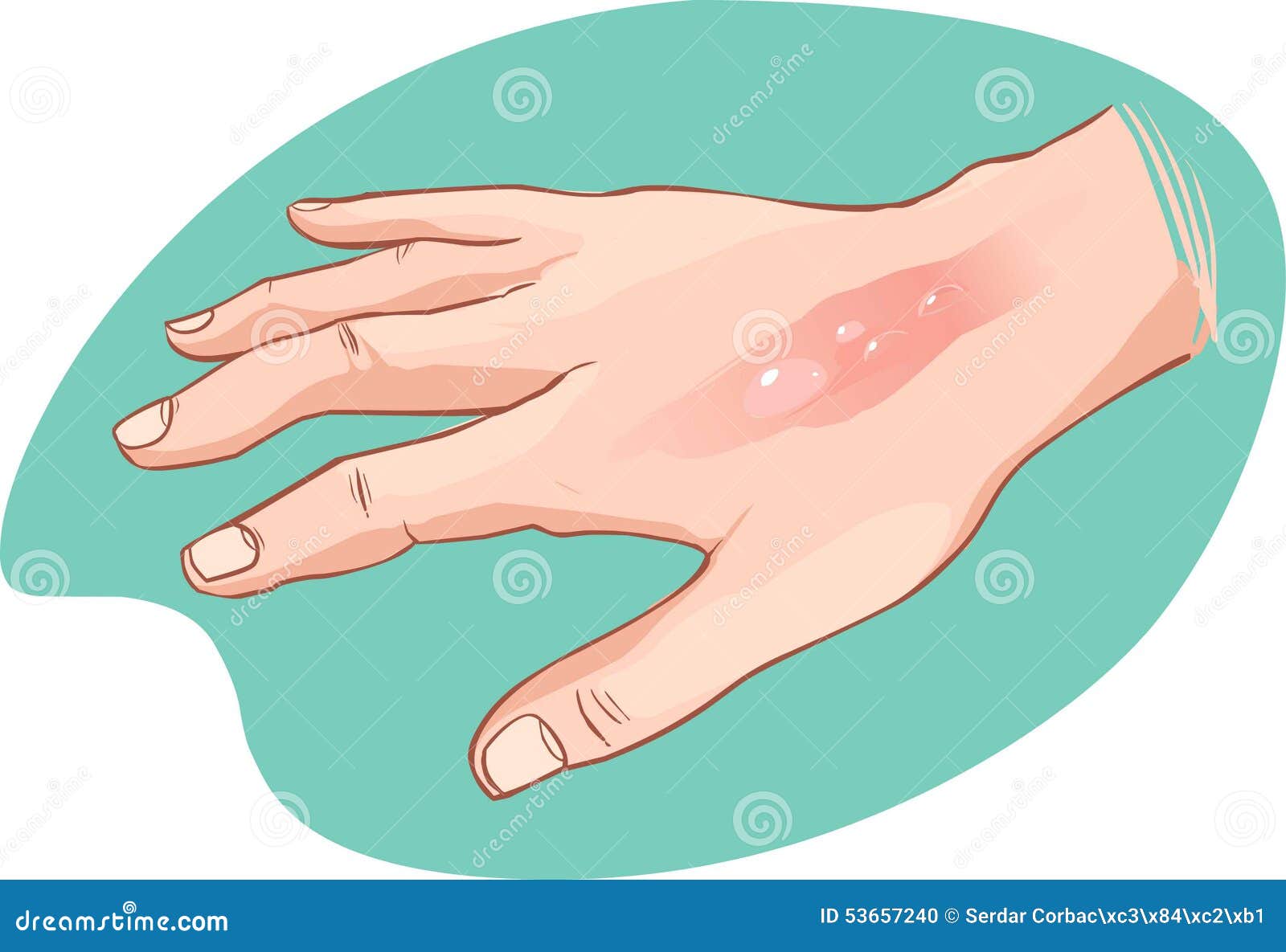

After the appropriate medical treatment, healing can take a few weeks.
#Chemical burn on hands skin#
Second-degree - Both the epidermis and the next layer of skin underneath, known as the dermis, are damaged. First-degree acid burns on the skin are the most common type of chemical injury and usually heal in around 7-10 days. Like any other burn, a chemical burn has degrees of severity:įirst-degree - Only the epidermis, the outermost and most superficial layer of skin, is damaged. That depends on how strong the chemical or agent was, how much of it made contact with the skin, how long it was there and how soon after the accident a patient receives the proper chemical burn treatment. The time it takes to recover from a chemical burn on the skin will depend on how much damage there is and how deep the injury goes. Continue rinsing with cool water until you reach medical assistance.Remove the victim's contact lenses if they wear them.Remove any remaining dry chemicals from the skin around the eyes with a glove, towel or cloth.Avoid applying oily substances, home remedies or medicine from your bathroom cabinet directly to the burn.Īll burns to the face are serious, but if chemicals splash in someone’s eye, you should call 911 immediately.Rinse the affected area under cool water for at least 20 minutes.Be sure to use a glove, towel or cloth to not make direct contact. Brush any remaining dry chemicals off the skin.Remove clothing from the affected area.
#Chemical burn on hands how to#
The hands and face are the two most common contact points, so it helps to know how to treat a chemical burn in those areas while waiting for a medical assessment.
#Chemical burn on hands professional#
A healthcare professional should assess all chemical burns, especially more severe burns that have penetrated through several layers of skin. The guidelines on treating a chemical burn depend on the severity of the burn and where it is located. For liquid chemical burns, irrigating is recommended. Never pour water on a chemical burn from a powder, as this could create a new caustic agent. What should I do if I have a chemical burn?Ĭhemicals come in both liquid and powder forms.

Many of the most common chemical burn compounds we listed above are found around the home, your workplace and other familiar environments. Most victims will be immediately aware of the burn and what caused it.


 0 kommentar(er)
0 kommentar(er)
